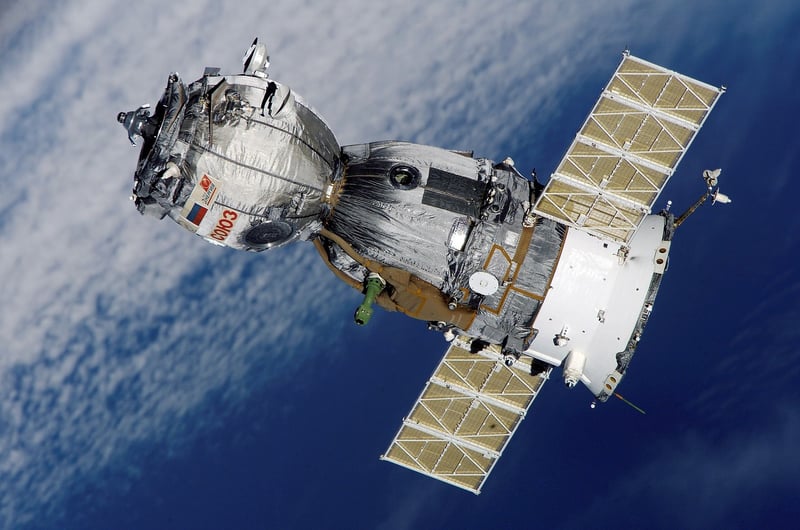Spacecraft Design
The Future of Space Exploration: Innovative Technology and Spacecraft Design
Space exploration has always been a fascinating subject, with advancements in technology continually pushing the boundaries of what is possible. From groundbreaking propulsion systems to cutting-edge spacecraft design, the future of space exploration looks promising. Let's delve into some of the innovative technologies and spacecraft design concepts that are shaping the future of space exploration.
1. Ion Propulsion Systems
Ion propulsion systems are revolutionizing space travel by providing efficient and long-lasting propulsion for spacecraft. By ionizing propellant and accelerating it using electromagnetic fields, ion thrusters can achieve higher speeds and require less fuel compared to traditional chemical rockets. This technology is crucial for long-duration missions to distant planets and beyond.

2. 3D Printing in Space
3D printing technology is being utilized in space exploration to manufacture tools, spare parts, and even entire spacecraft components. This capability reduces the need to carry spare parts on long missions and enables on-demand manufacturing in the harsh environment of space. It also opens up possibilities for building structures on other planets using local materials.

3. Lightweight Composite Materials
Spacecraft designers are increasingly turning to lightweight composite materials such as carbon fiber to reduce weight while maintaining structural integrity. These materials offer high strength-to-weight ratios, making spacecraft more fuel-efficient and capable of carrying larger payloads. They also provide better protection against micrometeoroids and space debris.

4. Inflatable Habitats
Inflatable habitats are a novel spacecraft design concept that enables compact storage during transportation and expands into spacious living quarters in space. These habitats offer a lightweight and cost-effective solution for long-term human habitation in space, whether in orbit around Earth or on missions to other celestial bodies.

5. Autonomous Navigation Systems
Autonomous navigation systems are crucial for spacecraft operating in deep space where communication delays make real-time control challenging. By incorporating AI algorithms and advanced sensors, spacecraft can navigate, avoid obstacles, and make decisions autonomously, enabling more efficient and safer space exploration missions.

With these innovative technologies and spacecraft design concepts, the future of space exploration is filled with exciting possibilities. From faster propulsion systems to sustainable habitats in space, humanity is on the brink of new discoveries and adventures beyond Earth.
Explore more about space exploration and spacecraft design at NASA.
